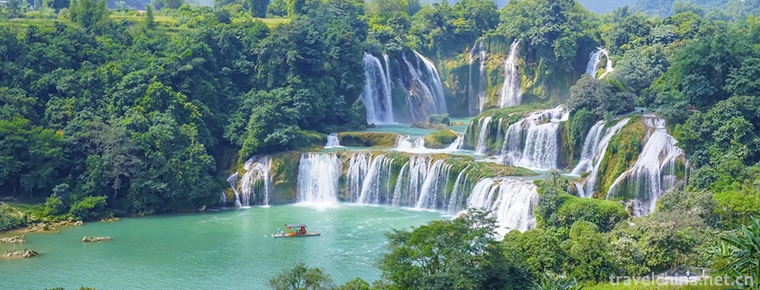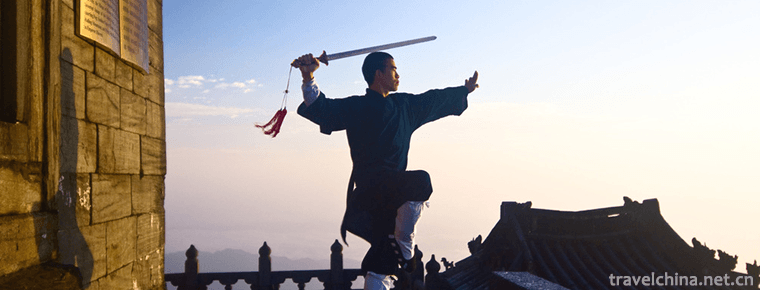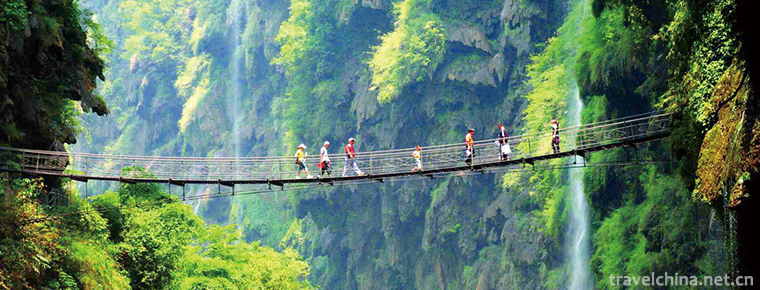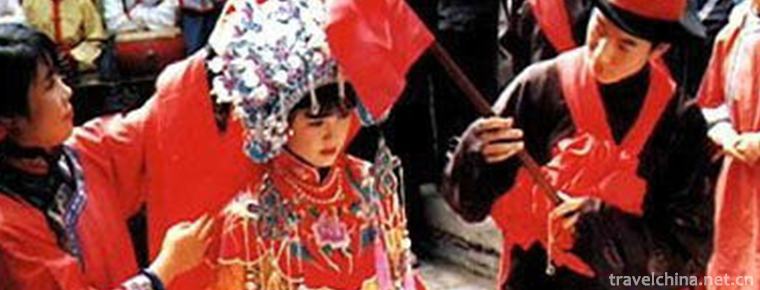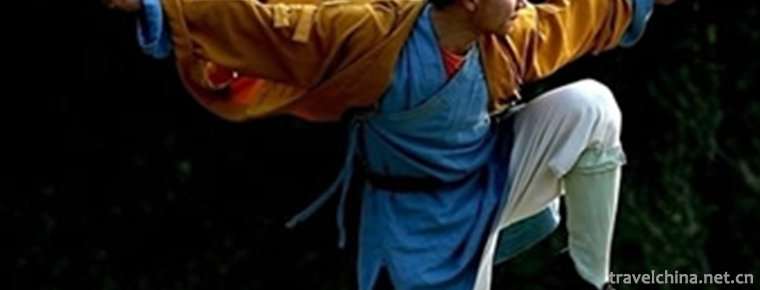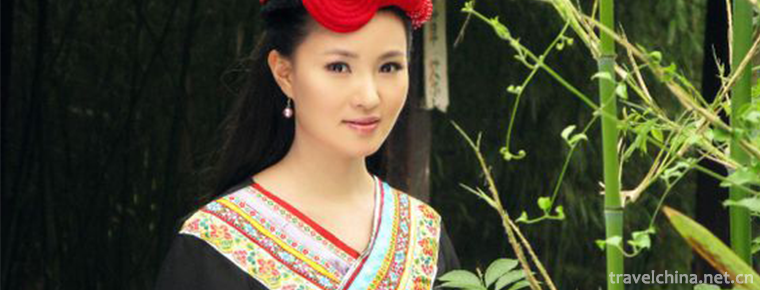Baiyun Mountain
Baiyun Mountain, located in Baiyun District of Guangzhou City, Guangdong Province, is one of the famous mountains in South Guangdong Province. It has been called "the first show of Yangcheng" since ancient times. The mountain is quite broad, consisting of more than 30 peaks, which is the nine highest mountain in Guangdong. The area is 20.98 square kilometers, and the main peak is 382 meters high.
Baiyun Mountain is the first national AAAAA class scenic spot in Guangzhou scenic spot industry. It is also the only scenic spot in Guangzhou with two honors, namely, national civilization scenic spot and national AAAAA class scenic spot.
Baiyun Mountain has a strong cultural deposit, the earliest can be traced back to the north of the mountain Huangpodong Neolithic prehistoric cultural sites. At the end of Qin Dynasty, Gao Shi lived in the Baiyun Mountain to collect medicine for the world, and was "immortal" in Baiyun Mountain.
Ge Hong, an alchemist in the Jin Dynasty, once wrote a Taoist masterpiece of Bao Pu Zi in the alchemy of Baiyun Mountain.
Jingtai Zen Master came here to build a temple in Nanliang. It was the earliest temple in Baiyun Mountain. It also left a scene of Jingtai monks returning. It was one of the eight old sceneries in Yangcheng.
After the Tang and Song Dynasties, literati such as Du Shenyan, Li Qunyu, Su Shi, and Han Yu began to recite poems on the mountain. Their poems and prose embody emotion in things and become valuable historical and spiritual wealth in Lingnan.
In the eight scenes of Yangcheng in Ming and Qing Dynasties, Baiyun Mountain accounted for three: "Po Jian Lian Quan, Jingtai monk Gui Gui, Baiyun late Wang". At the end of the Qing Dynasty, there were Baiyun Temple, Shuangxi Temple, Neng Ren Temple, Maitreya Temple and other ancient temples, as well as Baishan Celestial Hall, Pearl, Hundred Flowers Cemetery and other historic sites.
Chinese modern revolutionary resistance and Sino Japanese war have also left footprints here.
In October 1938, when the Japanese invaded and Guangzhou was occupied, the cultural relics, historic sites and hills and trees of Baiyun Mountain were all destroyed.
To the liberation, only the "first peak of the south of heaven" memorial archway and some of the ruins of the temple.
After liberation, the Guangzhou Municipal People's Government organized the masses, planted trees, built 10 reservoirs, opened up highways to link the north and the south, built mountain parks, villas and Shuangxi hostels, and reproduced the lush and vigorous landscape of Baiyun Mountain.
After liberation, it was under the jurisdiction of the Forestry Department of Zhongshan University.
In 1958, with the approval of the Guangzhou Municipal People's Government, Guangzhou Baiyun Mountain Construction Management Office was established (called the management room inside), under the jurisdiction of the Guangzhou Garden Bureau.
After 1958, the Peak Park and Beishan Park were opened, pavilions, terraces and pavilions were built, and hotels such as Villas, Shuangxi Villa and Songtao Villa were built. The scenic spots of Huangpodong Reservoir, Mingzhuloulou Reservoir, Dajinzhong Reservoir, Luhu Park, Guangzhou Stele Forest, Yuntai Garden and Mingquanju Resort have been developed.
After the construction of all previous Guangzhou municipal governments, the Baiyun Mountain Scenic Area Administration has been set up.
In the early stage of socialist construction, the older generation of revolutionaries Zhu De, Dong Biwu, Guo Moruo left inscriptions. Premier Zhou Enlai, Vice Premier Chen Yi and others had been known as the "Diaoyutai South" Baiyun Mountain Resort hostel for state affairs activities.
In the 1960s and 1980s, Baiyun Mountain was rated as one of the eight new scenic spots in Yangcheng with the scenic spots of "Baiyun Songtao" and "Yunshan Jinxiu" respectively.
In 1986 2 months, a 1672 metre climbing cable car was built.
In October 1989, at the peak of Ming Chun Valley, China built the largest natural birdcage, with an area of 12 thousand and 500 square meters.
In 1992, the Guangzhou Municipal People's government invested in the newly built Guangzhou stele forest and opened to the public in 1994.
On January 22, 1996, the Guangzhou Baiyunshan Scenic Spot Administration Bureau was established with the approval of the Guangzhou Municipal Organizational Preparation Committee. It is managed by the Guikou Municipal Administration Bureau and the Municipal Garden Bureau.
In 2001, Guangzhou Municipal Organs Reform, Guangzhou Municipal Organizational Formulation Committee once again made it clear that the Guangzhou Baiyun Mountain Scenic Area Administration Bureau is a municipal sub-bureau-level institution, managed by the Municipal Garden Bureau, responsible for the management and administrative law enforcement of Baiyun Mountain Scenic Area. There are seven functional offices in the organs of the Administration, namely, the office of Mountains and Forests, the Planning and Construction Department, the Tourism Department, the Planning and Finance Department, the Security Department, the Ministry of Armed Forces (Joint Office), the Political Department (Discipline Inspection Commission Office, Supervision Office and Joint Office).
In May 1996, Guangzhou Planning Bureau organized and compiled the "Guangzhou Baiyun Mountain Scenic Spot Master Plan", which passed the examination of Guangdong Provincial People's Government in February 2006 and was approved by the State Council in October 2009.

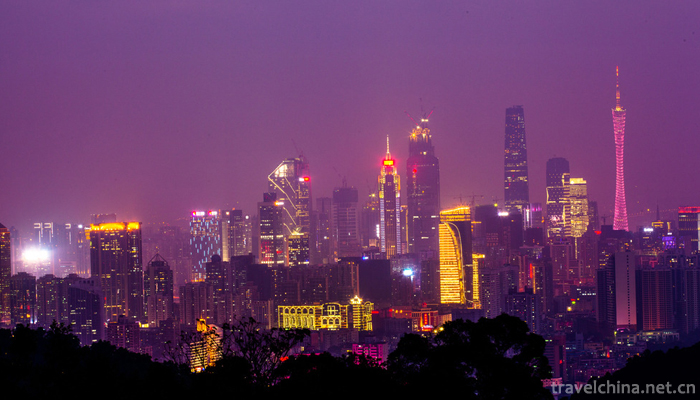
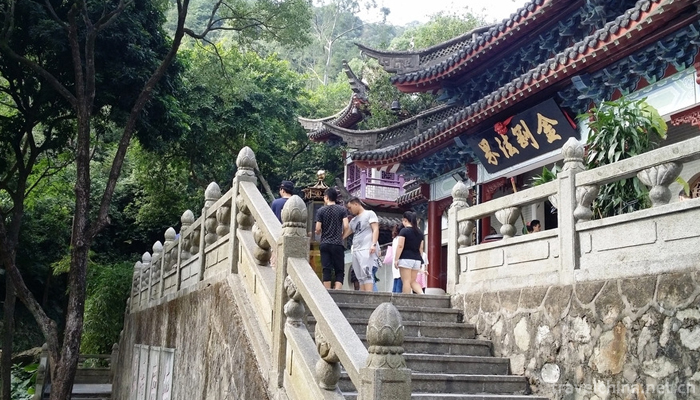

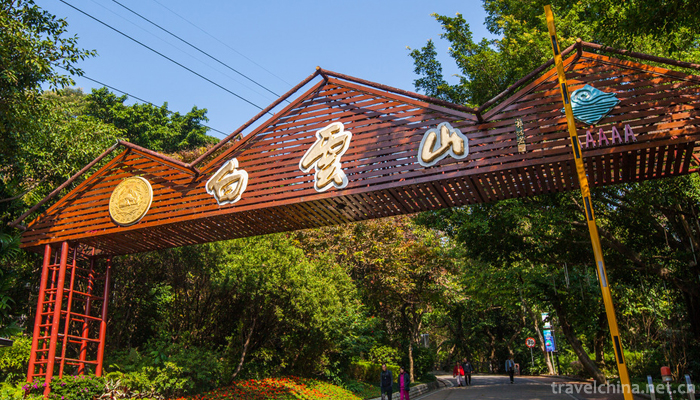
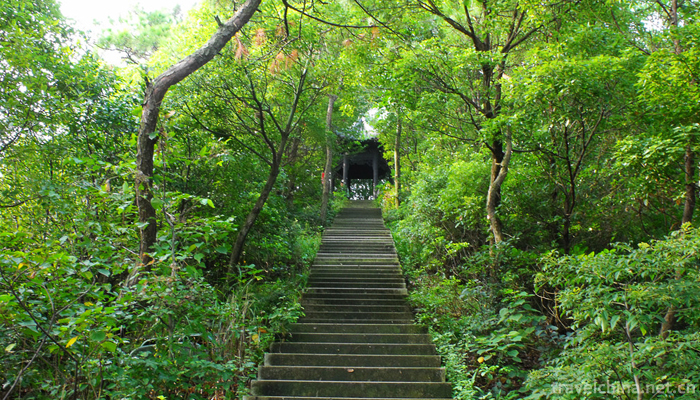
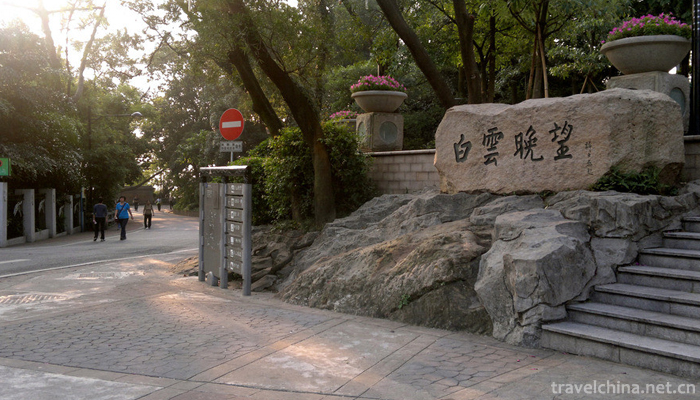

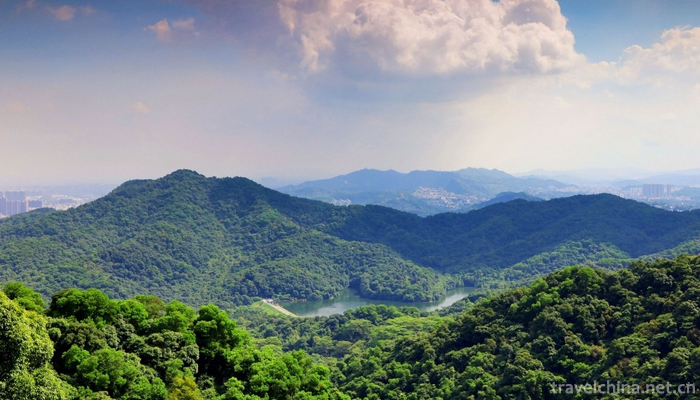
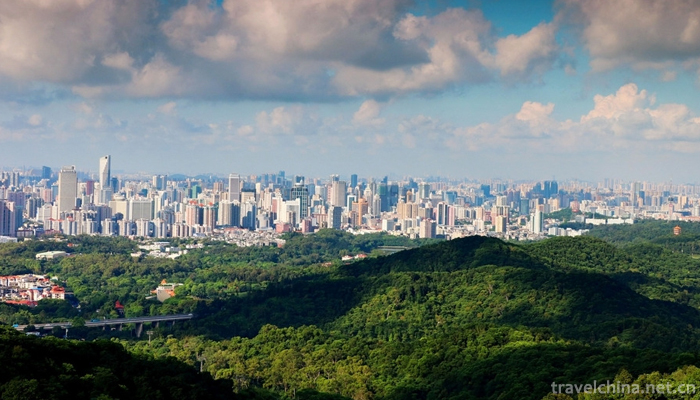
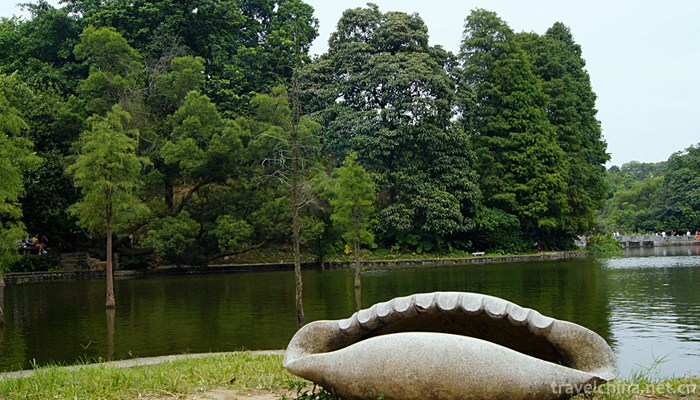

Baiyun Mountain
-
Detian waterfall
Detian Waterfall is located in Detian Village, Shuolong Town, Daxin County, Chongzuo City, Guangxi Zhuang Autonomous Region. It is located in the upper reaches of Guichun River on the border between C
Views: 177 Time 2018-12-12 -
Wudang Mountains Scenic Area
Wudang Mountain, the holy place of Taoism in China, is also known as Taihe Mountain, Xieluo Mountain, Shenshan Mountain and Xianshi Mountain. It has been called "Taiyue", "Xuanyue"
Views: 197 Time 2018-12-12 -
Yueyang Tower and Junshan Island Scenic Area
Junshan Island, formerly known as Dongting Mountain, Xiangshan Mountain and Youyuan Mountain, is located in the territory of Yueyang City. It is an island in Dongting Lake, 800 li away from Yueyang To
Views: 167 Time 2018-12-12 -
Maling River Canyon
Maling River Gorge is located in Xingyi City, Guizhou Province. It is an important member of Xingyi National Geopark and a national scenic spot of the People's Republic of China. It is known as "
Views: 340 Time 2019-02-06 -
Arirang
Alirang, known as Alirang Daling, is a famous Korean song and the most representative folk song on the Korean Peninsula. It is known as the "First National Anthem" and "National Songs&q
Views: 183 Time 2019-03-28 -
Changshan Cheerful Ballads
In Changshan, the custom of applauding when marrying and bridging a new house has been popular among the people since ancient times for the sake of luck. The content of applause for marriage
Views: 394 Time 2019-04-16 -
Wood Watermarking Techniques
Wooden watermarking is mainly made by such basic technological procedures as hook (sub-plate), engraving (plate-making), printing (printing) and special techniques as engraving, picking and dusting.
Views: 178 Time 2019-06-06 -
Shaolin Kung Fu
Shaolin Kungfu, also known as Shaolin Wushu, is one of the famous schools of Wushu in China. It has a long history and profound influence. It is an important part of Chinese traditional Wushu. The mos
Views: 191 Time 2019-06-14 -
She Costume
She nationality's men and women's clothing is basically the same as that of the local Han people. However, the She ethnic costumes in Fujian and Zhejiang provinces with relatively concentrated populat
Views: 365 Time 2019-06-14 -
Sichuan Conservatory of Music
Sichuan Conservatory of Music, whose predecessor was "Sichuan Provincial Drama Education Experimental School" founded in 1939, has experienced such periods as "Sichuan Provincial Music
Views: 219 Time 2019-08-31 -
Genghis Khan Cheng Ji Si Han
He was a Jin Jin. He was from May 31, 1162 to August 25, 1227. Yeke Mongghol Ulus Khan, outstanding in world history. Politician , Militarist
Views: 163 Time 2019-09-07 -
Nanchong first industry
In 2019, the sown area of grain crops in Nanchong is 558000 ha, which is 0.15% lower than that in 2018. The sown area of oil crops is 152000 ha, an increase of 1.9% over that in 2018. The vegetable planting area is 154000 hectares, an increase of 3.9% over that in 2018.
Views: 374 Time 2020-12-17
